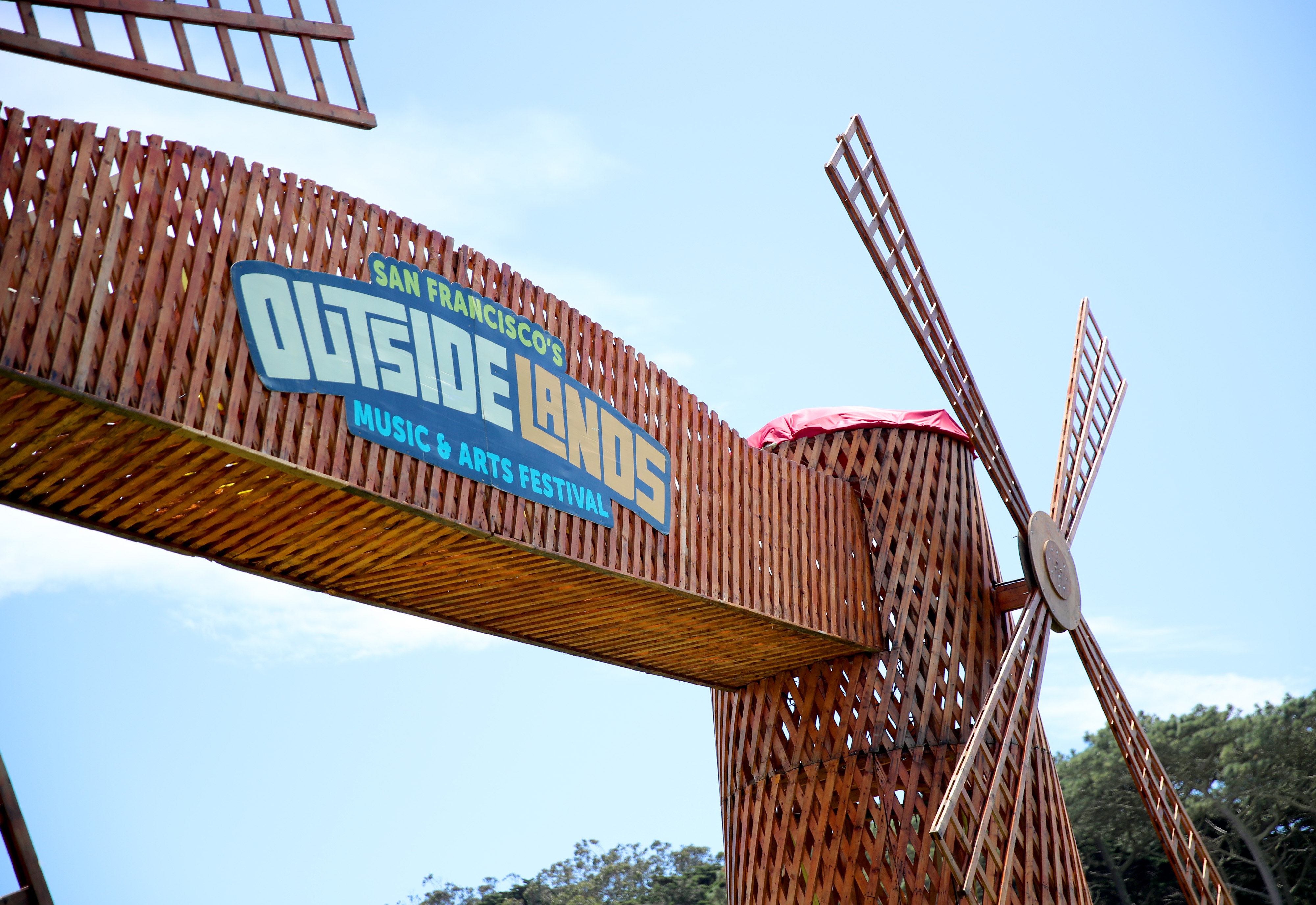A Cupertino High School student has put himself into the ring of helping people battling Parkinson’s disease by developing a wearable device and application.
Utkarsh Tandon, 16, created “One Ring,” a wearable ring for Parkinson’s patients to wear throughout the day while an application tracks tremors and unique motor patterns. The app then sends the data to physicians.
“This is basically a small computer that’s on them at all times,” explains Tandon, who created the name based on the ring from the Lord of the Rings movie series. “It’s always looking at their motor symptoms and always taking that data so it can create a much better quantification for the disease.”
Parkinson’s disease is a neurological disorder that causes tremors and limb stiffness as a result of the loss of dopamine-producing brain cells. Tandon first learned about the disease at 10 years old, after watching a YouTube video of Muhammad Ali lighting the torch at the 1996 Olympic games in Atlanta.
“I was quite interested in what was going on with his motor symptoms because he had these tremors and it was making it really hard for him to light the Olympic torch,” Tandon said.
That video ignited his passion to research more about the disease. He learned about other famous Parkinson’s patients like actor Michael J. Fox, and interned at the Parkinson’s Institute and Clinical Center in Sunnyvale.
“We’ve never had a kid whose so smart, who is really good at programming, come walk in and say I’m going to volunteer for the institute and then go on and design something so cool,” said Dr. Rohit Dhall, Director of Clinical Trials at the Parkinson’s Institute.
Local
Physicians typically observe tremors in patients during a 30-minute clinical visit. Yet, wearable devices like "One Ring" can help doctors monitor movement data over a much longer period of time.
“What he’s trying to design is use sensors, variable sensors, to extract movement data, patterns of movement, that we can interpret in a meaningful way," Dhall said. "As an institute we think that that’s one of the key future technologies that we have to learn and integrate into our practice.
Tandon says he developed the code for the application by learning X code, IOS programming, Python and other computer science languages from YouTube videos. He also used clinical data sets published by the Michael J.Fox Foundation for Parkinson’s Research. Tandon has been working on the project for two years.
“I’ve had homework from school and maybe I’ve had to put that off to work on this, but definitely this is my main focus,” Tandon said.
One ring costs $60 to produce. Each of the components are 3D printed and the prototype manufactured by Tandon.
Tandon has taken his ring to Las Vegas, where earlier this month he gave a six-minute presentation at the Consumer Electronics Show for an audience of roughly 700 people.
Now the teen has raised more than $3,000 thanks to his Kickstarter campaign to design more rings. His plan is to give 15 rings to the Parkinson’s Institute to use with their patients. The Institute says they are open to the idea so long as all federal regulations are met.
“I definitely want to make [the ring] into a wearable that people are going to make sure they use on a regular basis,” Tandon said.



